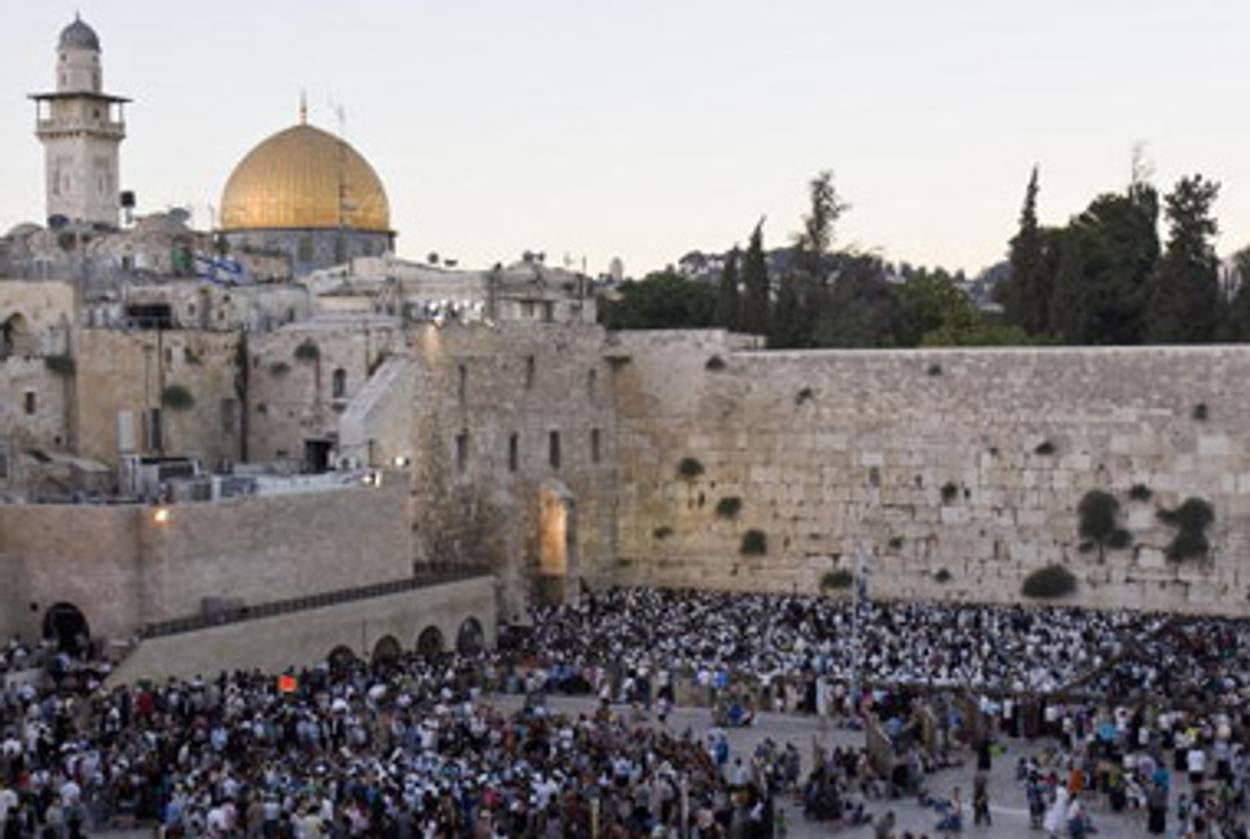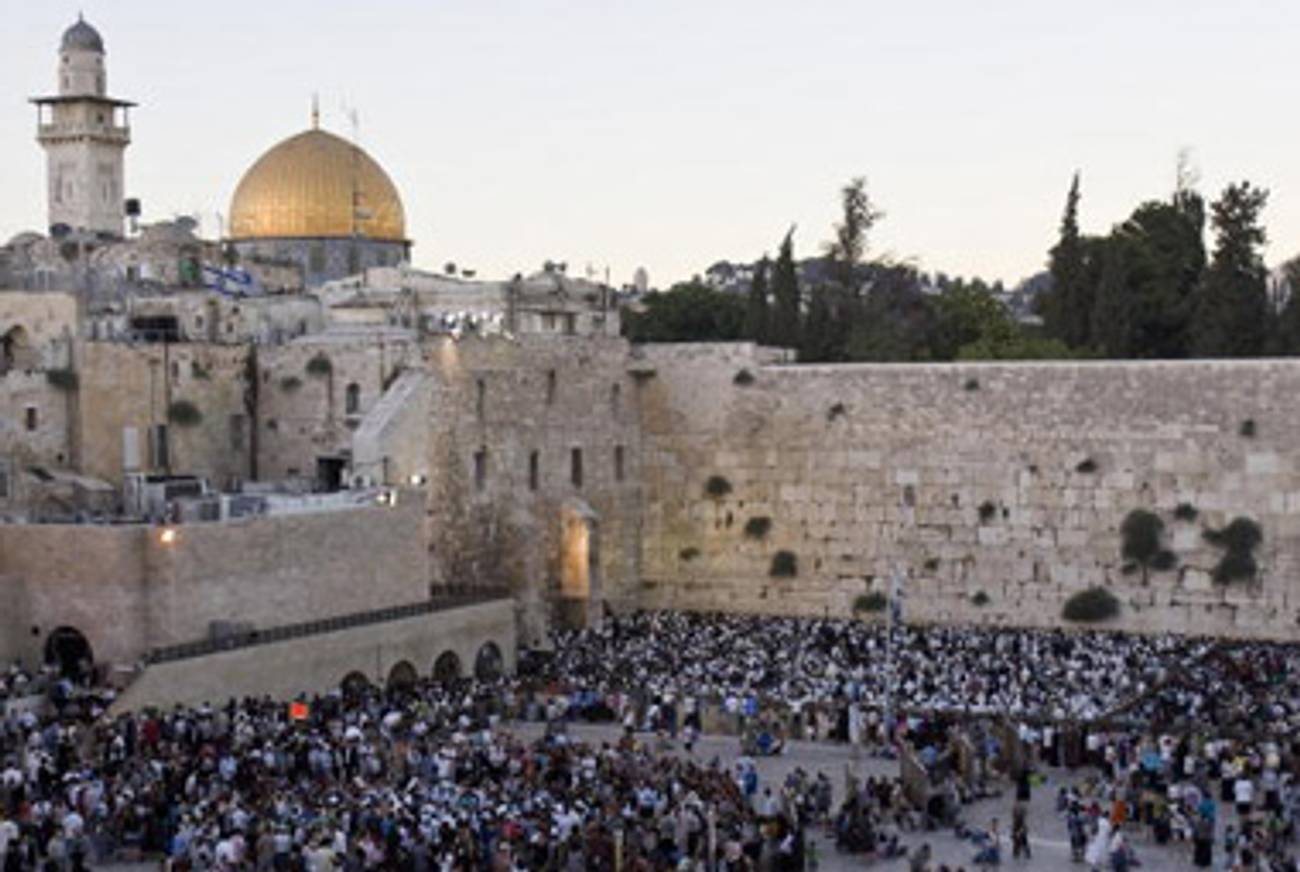My Favorite Things
How I learned to love Tisha B’av




I’ve never known much about the religious meaning of Tisha B’Av, which falls today—I’ve never fasted for it, and until Tablet Magazine published its FAQ about the holiday this week, didn’t know that not only the destruction of both Temples but an entire litany of disasters are said to have befallen the Jews on this day. But I remembered this morning that, in a macabre inside joke with myself, it says in my staff bio that Tisha B’Av is my favorite fast day. I want to explain why.
I was an extremely phobic young child—bees, fire, elevators, lawnmowers, forklifts. My most incapacitating fears, though, and the ones that took the longest to get over, involved dozens of books, videos, and songs, ones that, according to the logic of a symbolic universe I can no longer really explain, included elements of horror. So, for example, Volume 8 in the Sesame Street Library, with its two-page spread on Old King Cole and its introduction to the letter Q, may seem innocuous to the average reader, but its tale of Hansel and Gretel absolutely terrified me.
That’s not actually the weird part—as Bruno Bettelheim could tell you, the whole point of fairy tales is to help children process their fears in abstract terms—but my particular mechanism for dealing with such situations was to a) hide the offending book in some distant corner of the house and b) from that safe distance, reclaim any symbols associated with it as my “favorite things.” So in this case, 8 (as in Volume) became my favorite number (it still is); purple (as in the color of the Count, who appears on the book’s cover) became my favorite color; and so on. I’m sure there’s a proper name for this coping strategy somewhere in the psychoanalytic literature, and I would love to know what it is.
One item in my pantheon of fear was an illustrated guide to the Jewish holidays. I’ve long forgotten the name of the book and nearly everything else about it, but the scary part still sticks in my mind: A full-page abstract image, in the section on Tisha B’Av, of gray smokestacks against a dark orange sky. I must have been about five when I came upon this picture, but while I was too young to make the explicit connection with the Holocaust, I knew a Shoah when I saw one. The book was hidden. And, as my puzzled kindergarten teacher eventually found out, Tisha B’Av became my “favorite holiday.” My mom still calls me every year to remind me.
That Tisha B’Av illustration is still one of the first things I picture when I picture the Holocaust, which in itself later became—well, I don’t want to call it my “favorite genocide,” but it was a historical event I assiduously avoided and just as assiduously obsessed over. In retrospect, it’s almost like my entire psychological mechanism was designed specifically for that purpose. It makes me wonder if the proper psychoanalytic term isn’t, simply, Judaism.
Ari M. Brostoff is Culture Editor at Jewish Currents.